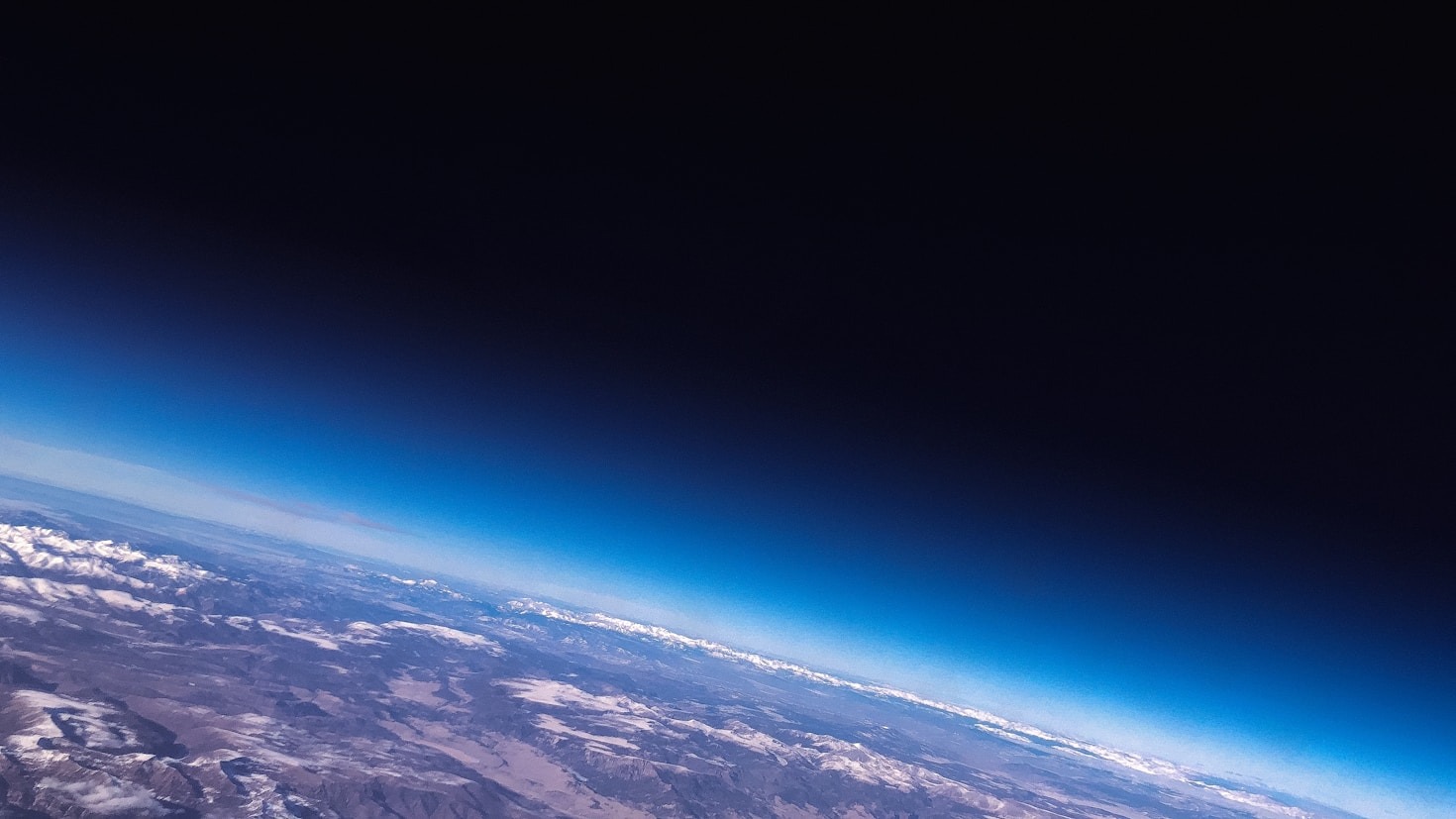Introduction
The idea that the Earth is flat, once a widespread belief in ancient civilizations, has experienced a resurgence in the digital age. Despite overwhelming scientific consensus affirming Earth’s spherical shape, modern flat Earth theories persist, fueled by social media, distrust in institutions, and a misunderstanding of basic physics. This blog post explores the arguments put forth by flat Earth proponents, examines their attempts to disprove the globe model, and concludes with the scientific evidence that reaffirms our planet’s true shape.
Section 1: Modern Reasons for Believing in a Flat Earth
Flat Earth advocates cite several key arguments to support their claims:
- The Horizon Appears Flat
- Claim: When observing the horizon—whether from ground level, an airplane, or a high-altitude balloon—flat Earthers argue that the lack of visible curvature suggests a flat plane.
- Example: Videos from amateur rocket launches or weather balloons allegedly show a “flat” horizon.
- Water Finds Its Level
- Claim: Large bodies of water, such as oceans and lakes, are said to remain flat and motionless. Flat Earthers assert that curvature would cause water to “slope” or spill over.
- Lack of Perceived Motion
- Claim: If Earth spins at 1,000 mph (1,600 km/h) and orbits the sun at 67,000 mph (107,000 km/h), why don’t we feel this motion?
- Conspiracy Theories
- Claim: Space agencies like NASA are accused of fabricating images, videos, and moon landings. Some propose a domed “firmament” encloses the flat Earth.
- Alternative Explanations for Gravity
- Claim: Gravity is dismissed as a hoax. Instead, flat Earthers argue that density and buoyancy explain why objects fall.
- The Bedford Level Experiment
- Claim: A 19th-century experiment by Samuel Rowbotham allegedly proved Earth’s flatness by showing no curvature over a six-mile stretch of water.
- Flight Paths
- Claim: Certain routes, such as flights between southern hemispheres, are said to be “illogical” on a globe but make sense on a flat map.
- The Antarctic Ice Wall
- Claim: Antarctica is portrayed as a massive ice wall encircling the flat Earth, guarded by governments to prevent exploration.
Section 2: Flat Earth Arguments Against the Globe
Flat Earthers attempt to debunk the spherical Earth model with the following critiques:
- Curvature Not Observed
- Argument: Over long distances (e.g., across oceans), the curvature should be visible. Flat Earthers claim no such curvature exists.
- Alleged Faked Space Imagery
- Argument: Satellite images and videos from astronauts are dismissed as CGI. Flat Earthers demand “real-time” footage from space.
- Horizon at Eye Level
- Argument: Even when ascending in altitude, the horizon remains at eye level, which proponents say is impossible on a curved Earth.
- Ships and the Horizon
- Argument: While ships appear to vanish hull-first over the horizon, flat Earthers claim zooming in with cameras “restores” the ship, disproving curvature.
- Questioning Gravity
- Argument: The concept of gravity is rejected. If Earth were a spinning ball, they argue, oceans would fly into space.
Section 3: Scientific Rebuttals and Evidence for a Round Earth
Science provides clear, reproducible answers to flat Earth claims:
- Measuring Curvature
- Evidence: Earth’s curvature is subtle (about 8 inches per mile squared) but measurable. High-altitude photography and observations during eclipses confirm it.
- Satellite Technology and GPS
- Evidence: GPS systems, weather satellites, and communication networks rely on Earth’s spherical shape. These technologies would fail on a flat plane.
- Gravity and Newtonian Physics
- Evidence: Gravity explains why objects fall toward Earth’s center and why oceans adhere to the surface. Density alone cannot account for this force.
- Flight Paths on a Globe
- Evidence: Routes like Santiago to Sydney follow “great circle” paths, which appear curved on flat maps but are the shortest distance on a sphere.
- Lunar Eclipses and Constellations
- Evidence: During a lunar eclipse, Earth casts a round shadow on the moon. Additionally, different constellations are visible at varying latitudes.
- Antarctic Research
- Evidence: Antarctica is a continent governed by international treaties, not a wall. Researchers from multiple nations have circumnavigated it.
Conclusion: The Importance of Scientific Literacy
While flat Earth beliefs highlight societal distrust and curiosity, they also underscore the need for critical thinking and science education. The evidence for Earth’s roundness is vast, spanning physics, astronomy, and engineering. By engaging with credible sources and understanding basic scientific principles, we can appreciate the beauty of our planet’s true form—a dynamic, spinning globe in the vastness of space.
Final Thought: Science thrives on skepticism, but it demands evidence. The flat Earth debate reminds us to question responsibly, seek proof, and embrace the wonders of our universe.
As you move toward the midpoint of the article, this paragraph provides an opportunity to connect earlier ideas with new insights. Use this space to present alternative perspectives or address potential questions readers might have. Strike a balance between depth and readability, ensuring the information remains digestible. This section can also serve as a transition to the closing points, maintaining momentum as you steer the discussion to its final stages.


Leave a Reply